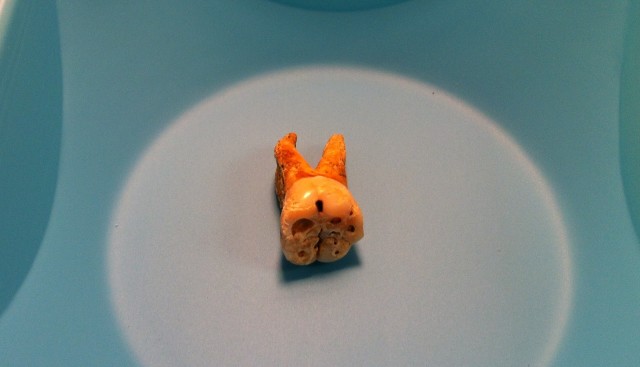Plague DNA Found in Ancient Tooth. The Bubonic Plague May Not Be Dead Yet [VIDEO]
2014.01.29

The Bubonic plague isn't dead just yet. A discovery of two ancient, plague ridden teeth are teaching us a thing or two about one of the worst pandemics in history.
The 1,500 year old teeth belonged to Justinian plague victims buried in Bavaria, Germany between 541 and 543 CE. It contained tiny fragments of actual plague DNA, making them the oldest pathogen genomes we have ever accessed.
Scientists found that both it and the Bubonic plague (which struck until 800 years after it) are two different strains of the same pathogen. That's scary because the third version of the rodent-carried plague could still exist.
As Tom Gilbert, a professor at the Natural History Museum of Denmark, told the AP:
What this shows is that the plague jumped into humans on several different occasions and has gone on a rampage. That shows the jump is not that difficult to make and wasn't a wild fluke. Humans are infringing on rodents' territory, so it's only a matter of time before we get more exposure to them.
Scientists assure us that modern antibiotics would severely limit the disease's potential damage, but we never know how it could evolve into an airborne version, increasing its spread. According to Hendrik Poinar, director of the Ancient DNA Centre at McMaster University in Canada, that type of disease can kill within 24 hours of infection.All this news after Helix just came out. [Medical Xpress via McMaster University; AP]
More Articles
Copyright © Fooyoh.com All rights reserved.